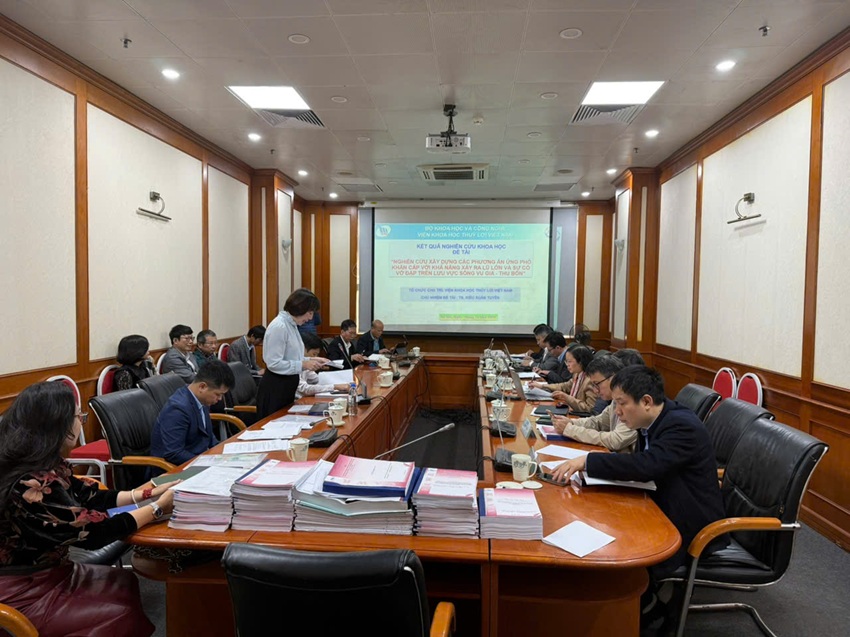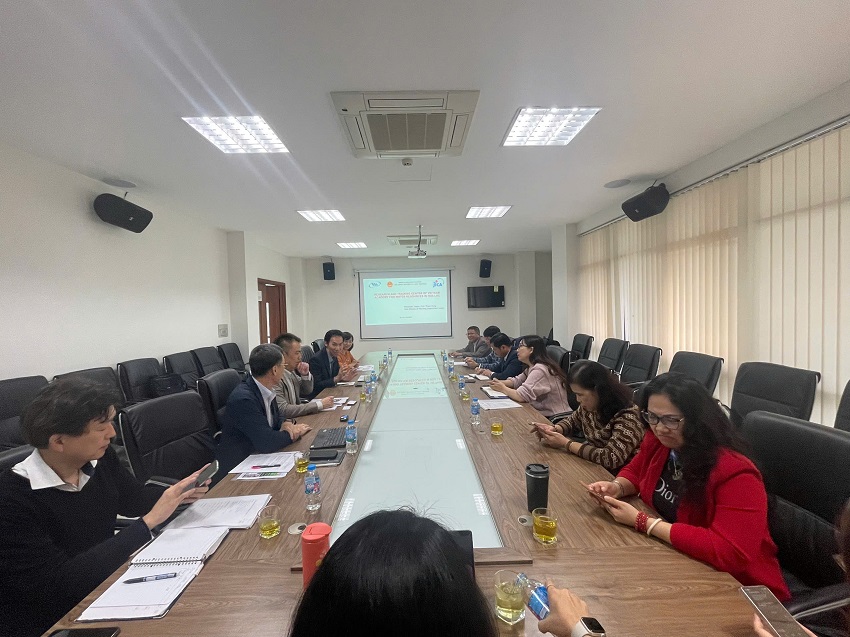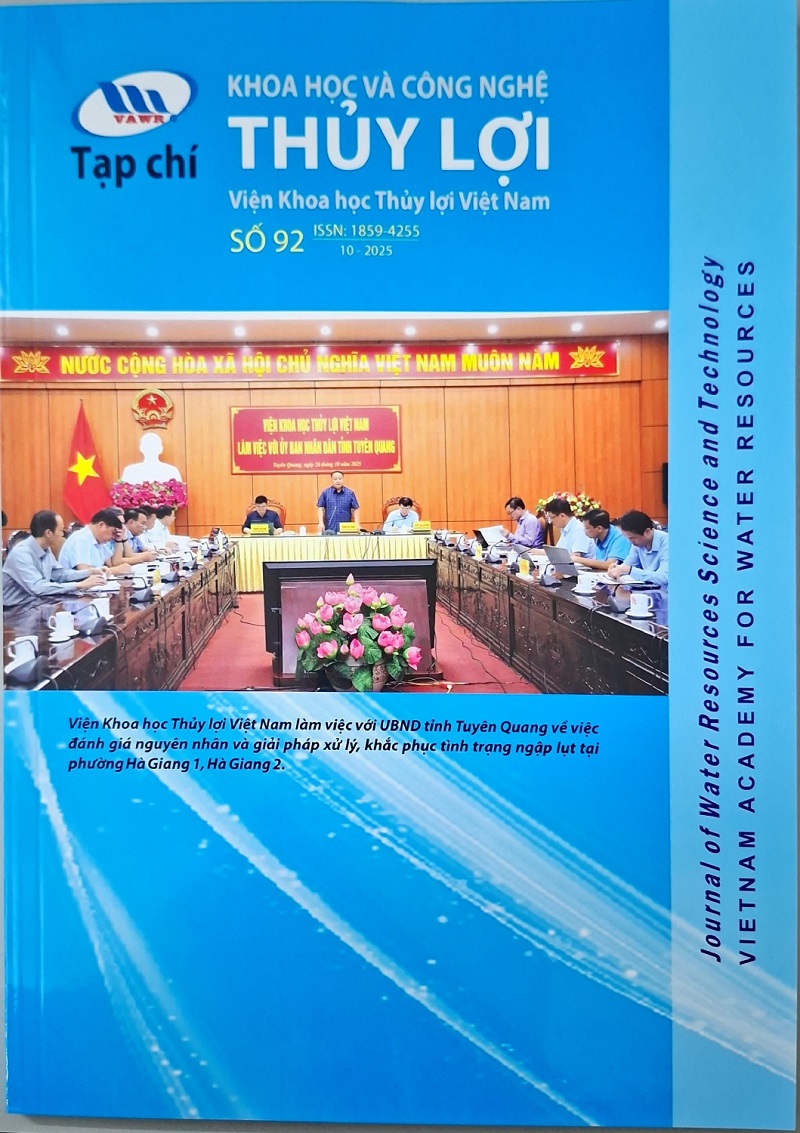Data-driven approach in investigating and predicting unconfined compressive strength of cemented paste backfill
01/04/2024Abstract
Eight machine learning (ML) models including 6 shallow ML including XGB, GB, RF, LGB, SVR, KNN and 2 hybrid ML models consisting of XGB_P (Particle Swarm Optimization) and XGB_R (Random-Restart Hill Climbing) were trained on the dataset collected from the literature for predicting unconfined compressive strength (UCS) of Cemented paste backfill (CPB). The dataset includes 359 samples and 8 input variables including of D50, Cu, SiO2, Al2O3, Fe2O3, Cement/tailing, Solid content, and Curing age. Three shallow ML models with the best performance are XGB, GB, and RF. The model with the best predictive performance is XGB with R2 = 0.9889, RMSE= 0.1344 MPa, MAE= 0.0925 MPa, and MAPE= 0.3761% observed on the testing dataset. The obtained XGB model has higher performance than the GB model with R2 = 0.9273 proposed in the previous investigation for predicting UCS of CPB. Shapley Additive Explanation (SHAP) and Partial Dependence Plot 2D are used for quantify the input variables effect on the UCS of CPB. The most important influenced input variables are cement/tailing, curing age, solid content, and Fe2O3. The cement/tailing feature has the greatest influence on the head variable and has a positive effect on the UCS of CPB. Fe2O3 content is the feature that is inversely related to the UCS of CPB. The modification of Fe2O3 content has a relatively large influence not only on the development of UCS of CPB, the smaller the Fe2O3 content, the higher the UCS of CPB. The results of this study are the basis for the establishment of Machine learning-based soft computing and the basis for selecting the mix design of CPB. That makes it easier for engineers to design CPB's component, as well as reduce testing costs and construction time.
——————————————————————————————————————
► See detail: Data-driven approach in investigating and predicting unconfined compressive strength of cemented paste backfill
Quoc Trinh Ngoa , Canh Tung Ngob , Quang Hung Nguyenc , Huu Nam Nguyend , Linh Quy Nguyena , Kien Quyet Nguyena , Van Quan Trana
aUniversity of Transport Technology, 54 Trieu Khuc, Thanh Xuan, Hanoi 100000, Vietnam
bHydraulic Construction Institute - Vietnam Academy for Water Resources, No. 3, Alley 95, Chua Boc Street, Hanoi 100000, Vietnam
cThuyloi University, 175 Tay Son, Hanoi 100000, Vietnam
dInstitute for Hydropower and Renewable Energy, Vietnam Academy for Water Resources, No. 8, Alley 95, Chua Boc Street, Hanoi 100000, Vietnam
Materials Today Communications. Volume 37, December 2023, 107065
Ý kiến góp ý:









